Sofrito is primarily used as a flavor base in Latin American and Caribbean cooking, serving as the essential foundation for countless dishes. This aromatic blend transforms simple ingredients into deeply flavorful meals by providing a rich combination of onions, garlic, peppers, tomatoes, and herbs that form the starting point for stews, rice dishes, sauces, and more. Understanding what sofrito is used for unlocks authentic cooking techniques used across Spanish, Puerto Rican, Cuban, and Dominican cuisines.
What Is Sofrito Used For? The Essential Applications
When exploring what sofrito is used for, it's important to recognize its role as the flavor foundation in traditional cooking. Unlike raw ingredient blends, sofrito is gently cooked to develop complex flavors before other ingredients are added. This cooking technique creates depth that can't be achieved with fresh ingredients alone.
| Application | How Sofrito Enhances the Dish | Popular Dishes |
|---|---|---|
| Rice and Grain Dishes | Infuses grains with savory depth instead of using plain broth or water | Arroz con pollo, Moros y cristianos, Arroz verde |
| Stews and Braises | Creates rich base layer that develops complex flavors during long cooking | Feijoada, Sancocho, Bistec encebollado |
| Bean Dishes | Provides flavor foundation before beans are added | Gandules, Habichuelas Guisadas, Frijoles |
| Meat Marinades | Tenderizes proteins while imparting deep flavor penetration | Pollo guisado, Carne frita, Pernil |
| Sauces and Salsas | Forms aromatic base that improves texture and flavor complexity | Mojito isleño, Criollo sauce, Recaito variations |
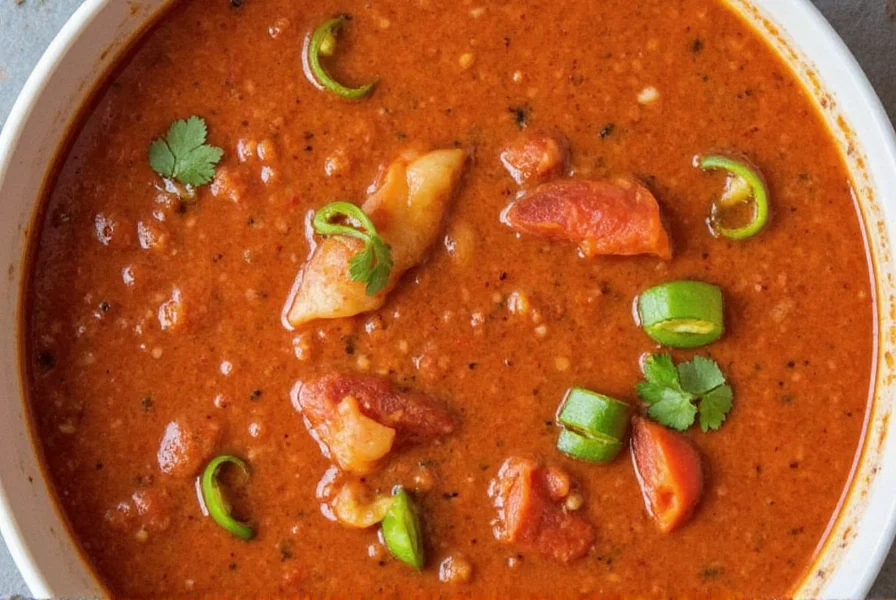
Regional Variations and Their Specific Uses
What sofrito is used for varies significantly across Latin American and Caribbean regions, with each culture developing specialized applications:
Puerto Rican Sofrito (Recaito)
This version typically omits tomatoes and focuses on culantro, cilantro, and aji dulce peppers. It's primarily used as:
- The essential starting point for beans and stews
- A marinade base for roasted pork (pernil)
- A flavor enhancer for rice dishes
Cuban Sofrito
Includes tomatoes and often features cumin. Its main applications include:
- Creating the flavor foundation for ropa vieja
- Building the base for picadillo
- Enhancing black bean soup (sopa de frijoles)
Dominican Sofrito
Similar to Cuban but with distinctive herb combinations. Used specifically for:
- Morir soñando (a traditional beverage)
- La Bandera Dominicana (national dish)
- Pollo guisado (stewed chicken)
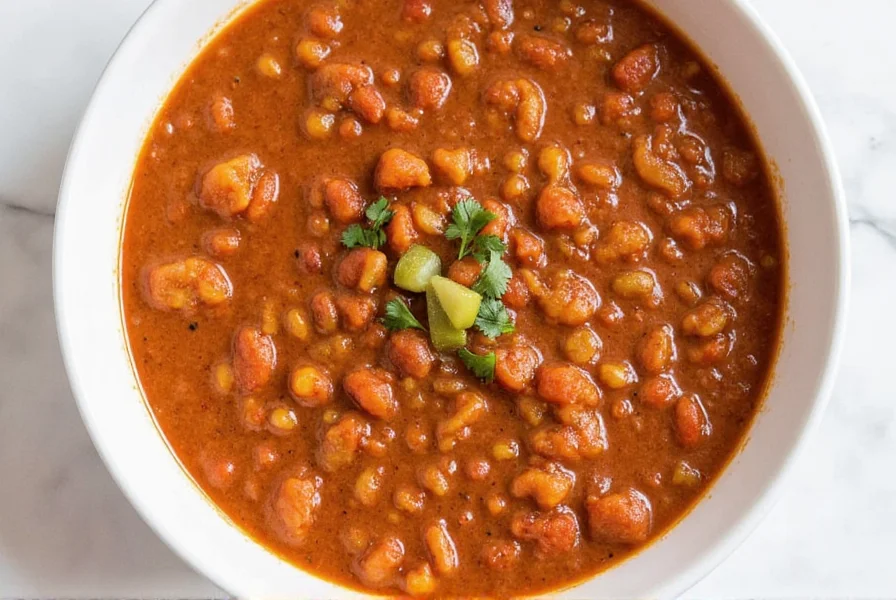
Practical Applications: How to Use Sofrito in Your Cooking
Understanding what sofrito is used for in professional kitchens can transform your home cooking. Here's how to incorporate it properly:
As a Cooking Foundation
Never add sofrito to finished dishes. Instead:
- Heat oil in your cooking vessel
- Add sofrito and sauté for 3-5 minutes until fragrant
- Proceed with adding other ingredients as your recipe directs
For Meal Prep Efficiency
One of the most valuable aspects of knowing what sofrito is used for is meal preparation:
- Prepare large batches and freeze in ice cube trays
- Each cube equals approximately 2 tablespoons
- Having frozen sofrito ready saves 20-30 minutes on meal preparation
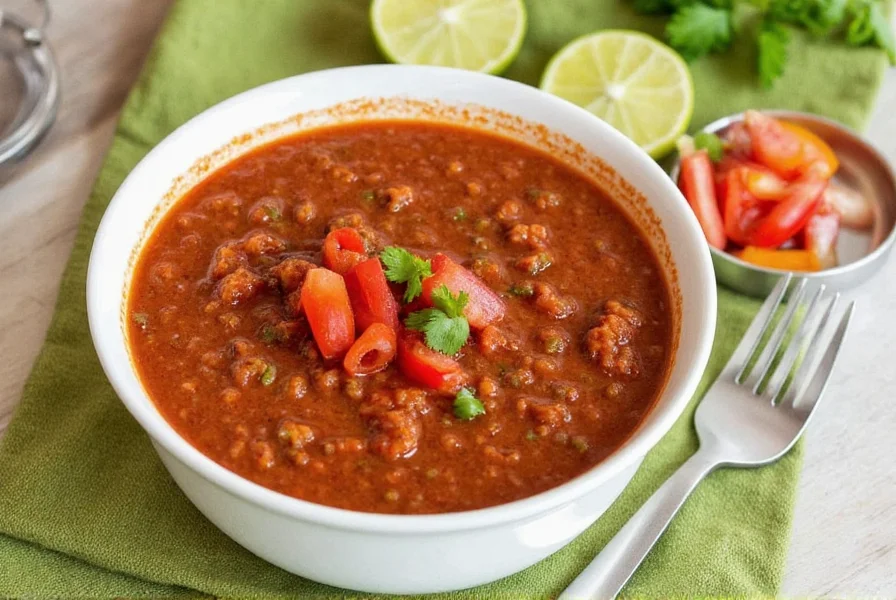
What Makes Sofrito Different From Similar Bases?
Understanding what sofrito is used for requires distinguishing it from other cooking bases:
| Cooking Base | Key Ingredients | Primary Use Cases | How It Differs From Sofrito |
|---|---|---|---|
| Sofrito | Onions, garlic, peppers, tomatoes, herbs | Latin American cooking foundation | Cooked base with complex flavor development |
| Mirepoix | Onion, celery, carrots (1:1:1 ratio) | French-inspired stocks and sauces | Raw or lightly sautéed, no tomatoes or strong herbs |
| Soffritto | Onion, celery, carrots in olive oil | Italian cooking base | Often includes pancetta, different herb profile |
| Concassé | Tomatoes only | French tomato preparation | Tomato-focused, not a complete flavor base |
How to Choose Between Homemade and Store-Bought Sofrito
When determining what sofrito is used for in your specific cooking needs, consider these factors:
Homemade Sofrito Benefits
- Fresher, brighter flavor profile
- Customizable to your taste preferences
- No preservatives or additives
- Cost-effective for regular users
Store-Bought Sofrito Considerations
- Convenience for occasional cooking
- Look for products with minimal ingredients
- Avoid options with excessive oil or preservatives
- Check for authentic regional variations
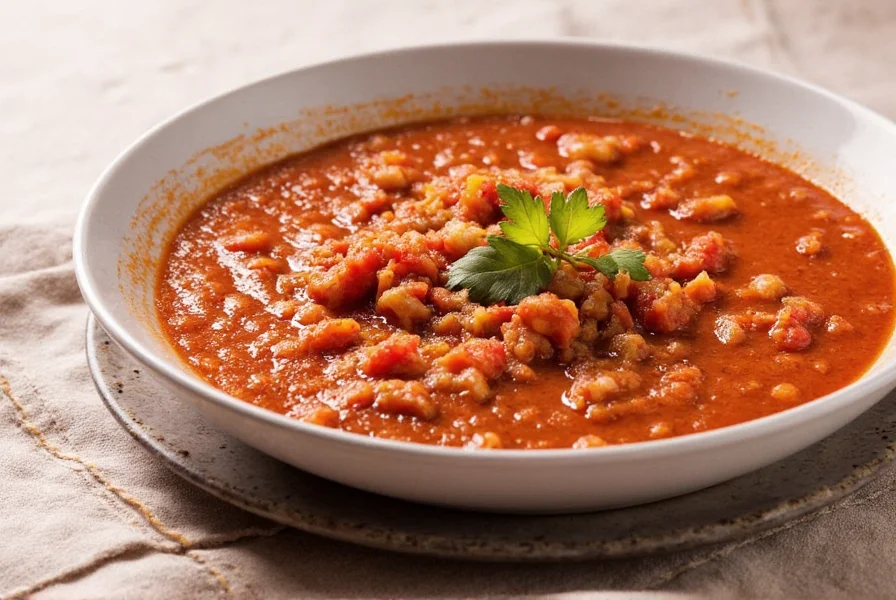
Frequently Asked Questions About Sofrito Uses
What is sofrito used for in rice cooking specifically?
Sofrito transforms plain rice into flavorful side dishes by replacing water or broth with this aromatic base. For authentic results, sauté 2-3 tablespoons of sofrito in oil before adding rice and liquid. This technique creates 'arroz amarillo' or 'arroz verde' depending on additional ingredients. The sofrito coats each grain, creating a more complex flavor than simply seasoning cooked rice.
Can I use sofrito as a direct substitute for tomato paste?
While both add depth, sofrito isn't a direct substitute for tomato paste due to its vegetable content and lower concentration. However, you can use 3-4 tablespoons of sofrito plus 1 tablespoon of tomato paste for recipes calling for concentrated tomato flavor. For dishes where texture matters (like pizza sauce), traditional tomato paste works better, but for stews and braises, sofrito provides superior flavor complexity.
How much sofrito should I use per pound of meat?
For optimal results, use 3-4 tablespoons of sofrito per pound of meat. When used as a marinade, increase to 1/4 cup per pound and allow at least 2 hours of marinating time. For stewed meats where sofrito forms the cooking base, 1/2 cup per pound provides ideal flavor penetration without overwhelming the dish.
What dishes absolutely require sofrito for authenticity?
True authenticity in dishes like Cuban ropa vieja, Puerto Rican habichuelas, Dominican mondongo, and Spanish paella depends on properly prepared sofrito. These dishes rely on sofrito's specific flavor profile that can't be replicated with individual ingredients. The cooking process of sofrito creates chemical compounds that provide the distinctive taste associated with these traditional recipes.
Can I use sofrito in non-traditional dishes?
Absolutely. Modern chefs use sofrito to enhance soups, salad dressings, roasted vegetables, and even breakfast dishes. Try adding a spoonful to scrambled eggs, mixing into hummus, or stirring into tomato soup. The key is to use it as a flavor foundation rather than a finishing element, allowing its complex notes to integrate with other ingredients.

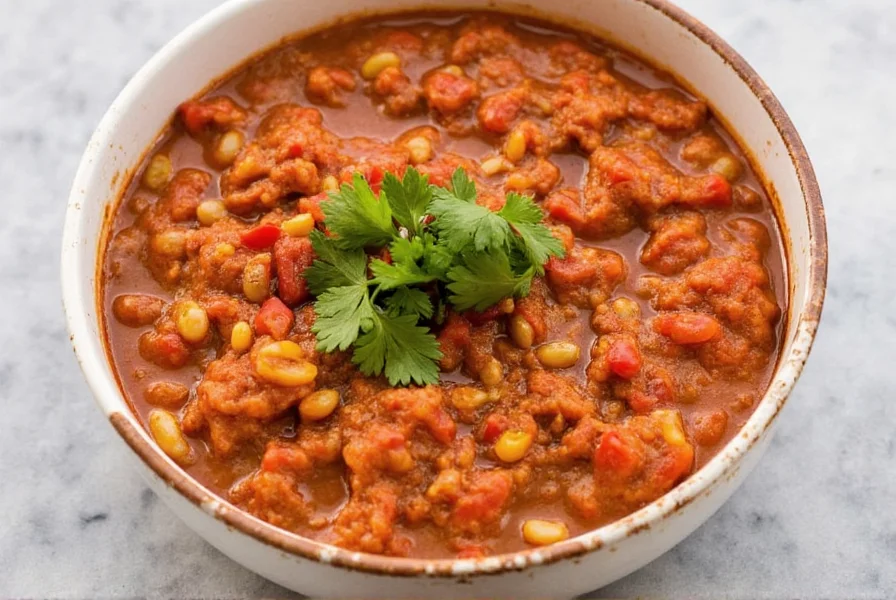









 浙公网安备
33010002000092号
浙公网安备
33010002000092号 浙B2-20120091-4
浙B2-20120091-4